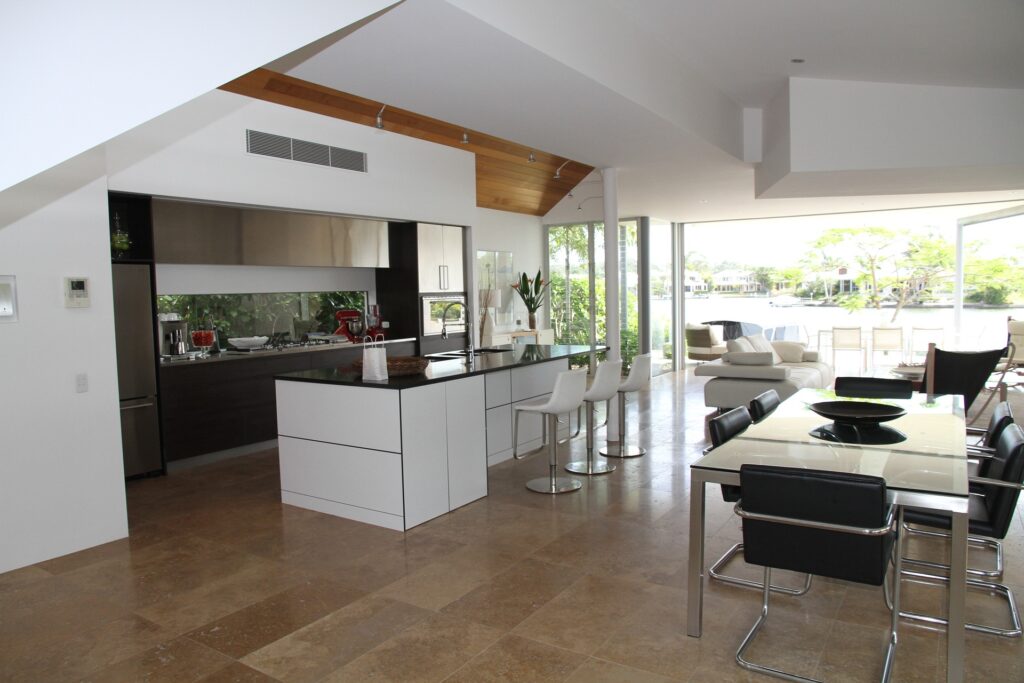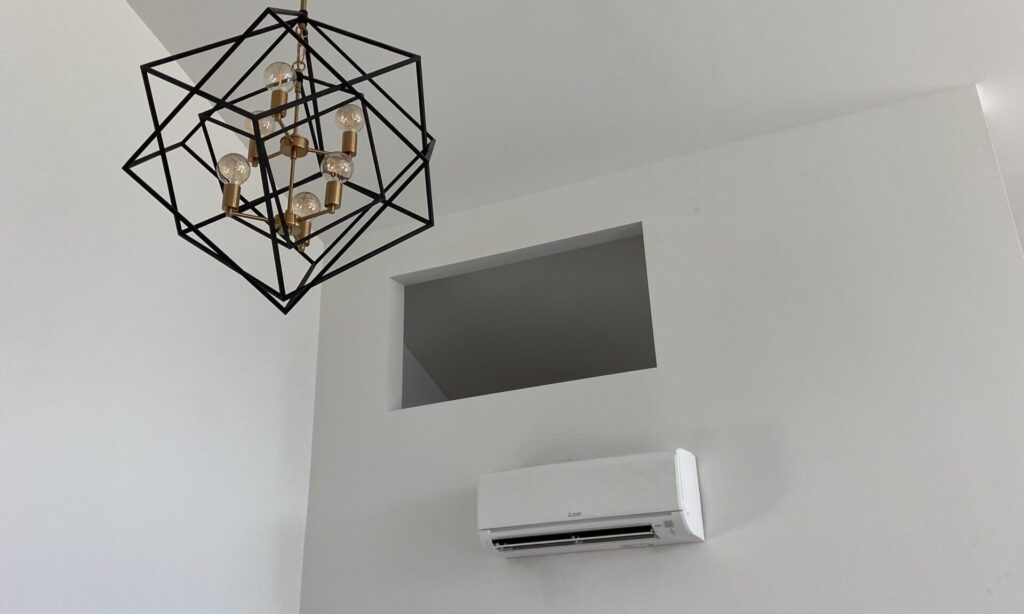Note that I am assuming a heating-dominated climate here. The IRC (International Residential Code) requires that each bedroom and the main kitchen / living room area has a way to be heated. The code does NOT require air conditioning, even in a cooling-dominated climate.
The 2015 IRC reads as follows: R303.9 Required heating. Where the winter design temperature in Table R301.2(1) is below 60°F (16°C), every dwelling unit shall be provided with heating facilities capable of maintaining a room temperature of not less than 68°F (20°C) at a point 3 feet (914 mm) above the floor and 2 feet (610 mm) from exterior walls in habitable rooms at the design temperature. The installation of one or more portable space heaters shall not be used to achieve compliance with this section.
[RB] DWELLING UNIT. A single unit providing complete independent living facilities for one or more persons, including permanent provisions for living, sleeping, eating, cooking and sanitation.
There are quite a few options available when it comes to HOW to heat your house. Some factors that will influence your decision will be the following:
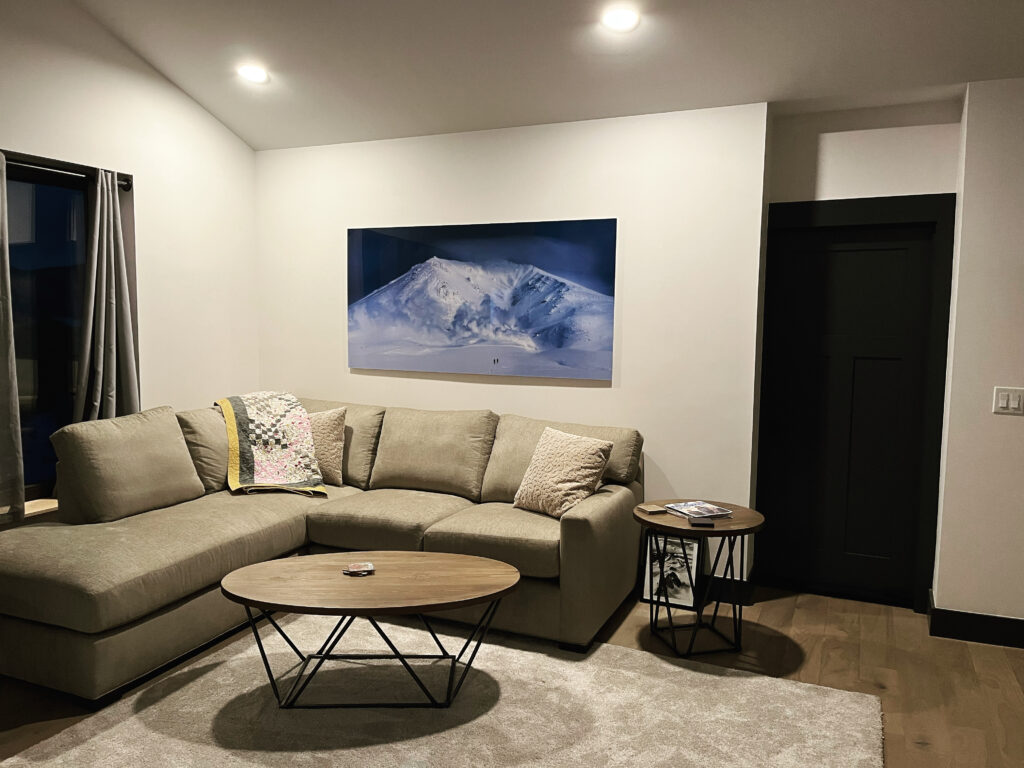
Some initial questions to ask yourself are the following… do you value indoor air quality (think about how will you ventilate your home), do you enjoy the silence of your home or do you not mind the buzz of additional equipment, do you want an ability to change the temperature quickly, what type of fuel are you going to use to power your heating system (remember… anything electric can be offset with renewables!), how do you want the heat distributed and do you also want air conditioning?
What type of fuel source is available? Note that electricity is almost always available (think… your lighting), but you may also have a gas line ran to your house, propane on-site or oil. Below is a list of options depending on the fuel source chosen.
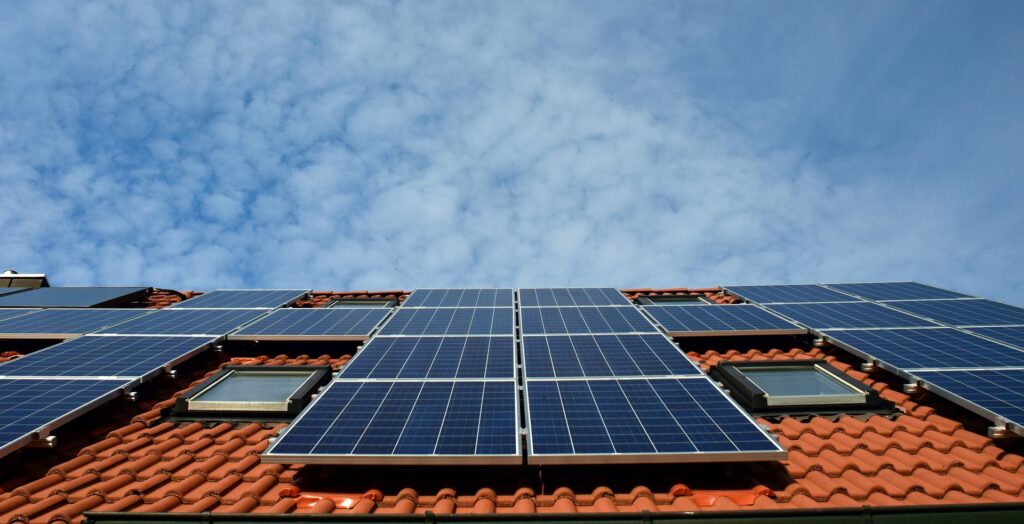
- Electric –
- Air source heat pump
- Ground source heat pump
- Furnace
- Boiler
- Resistance (also known as baseboard heating)
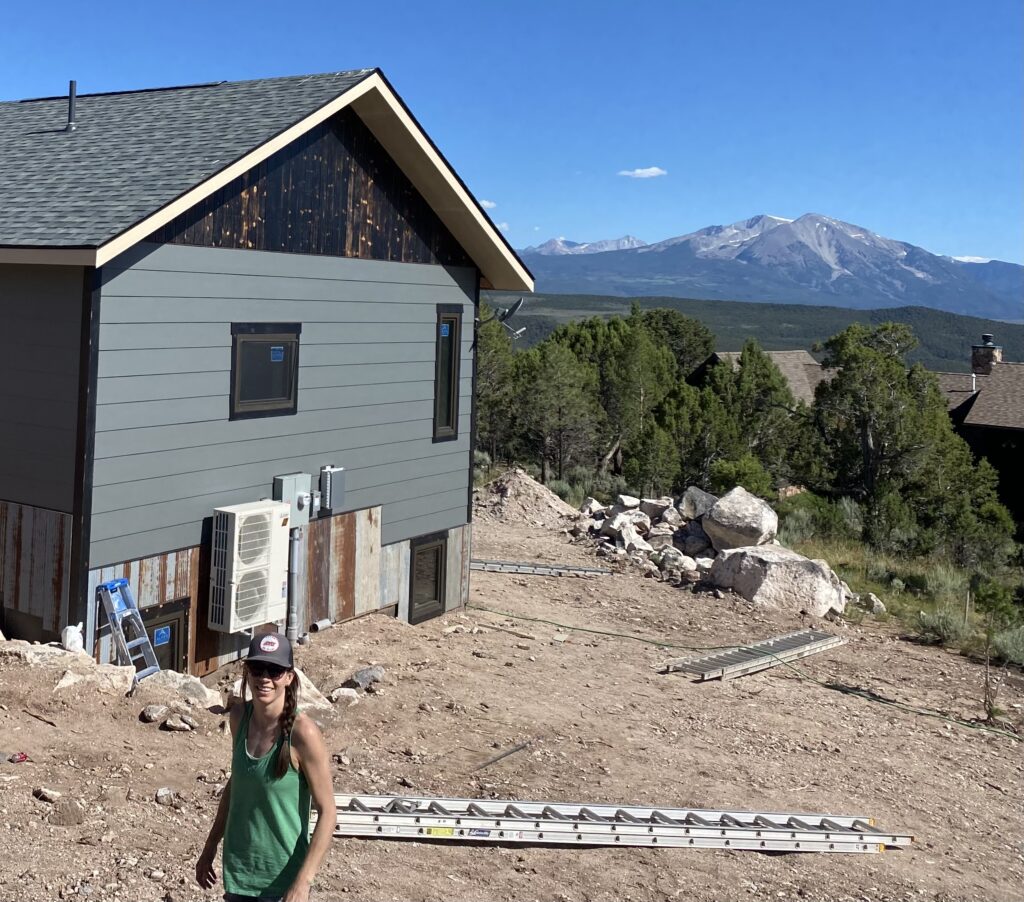
- Natural Gas –
- Furnace
- Boiler
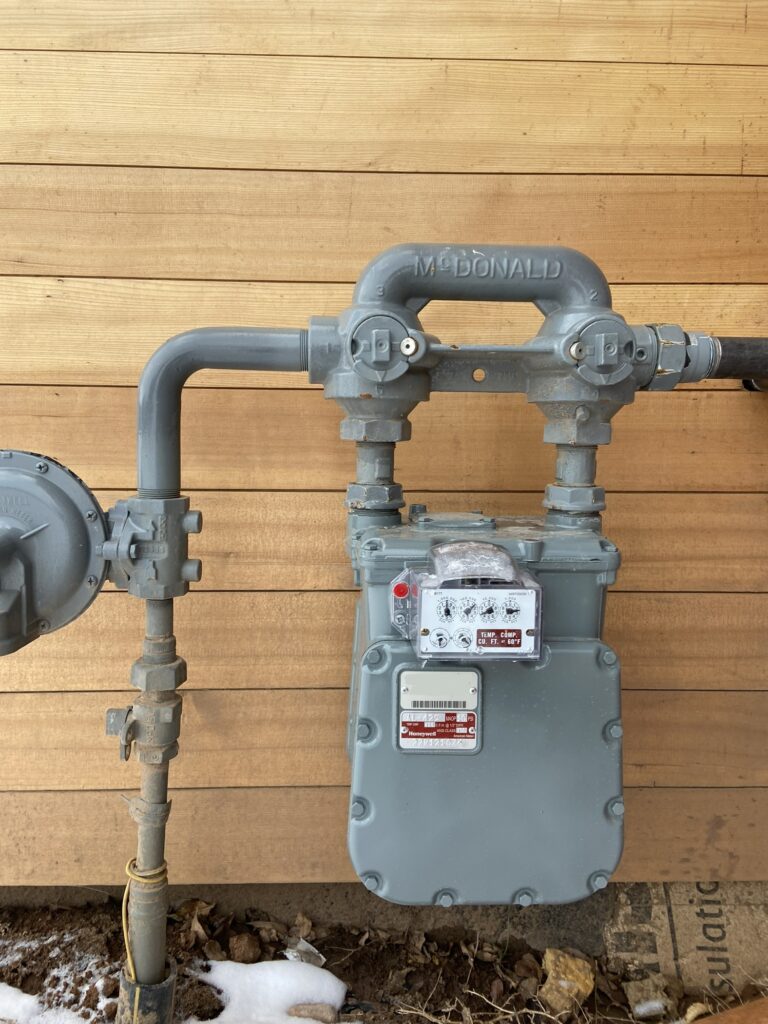
- Propane –
- Furnace
- Boiler
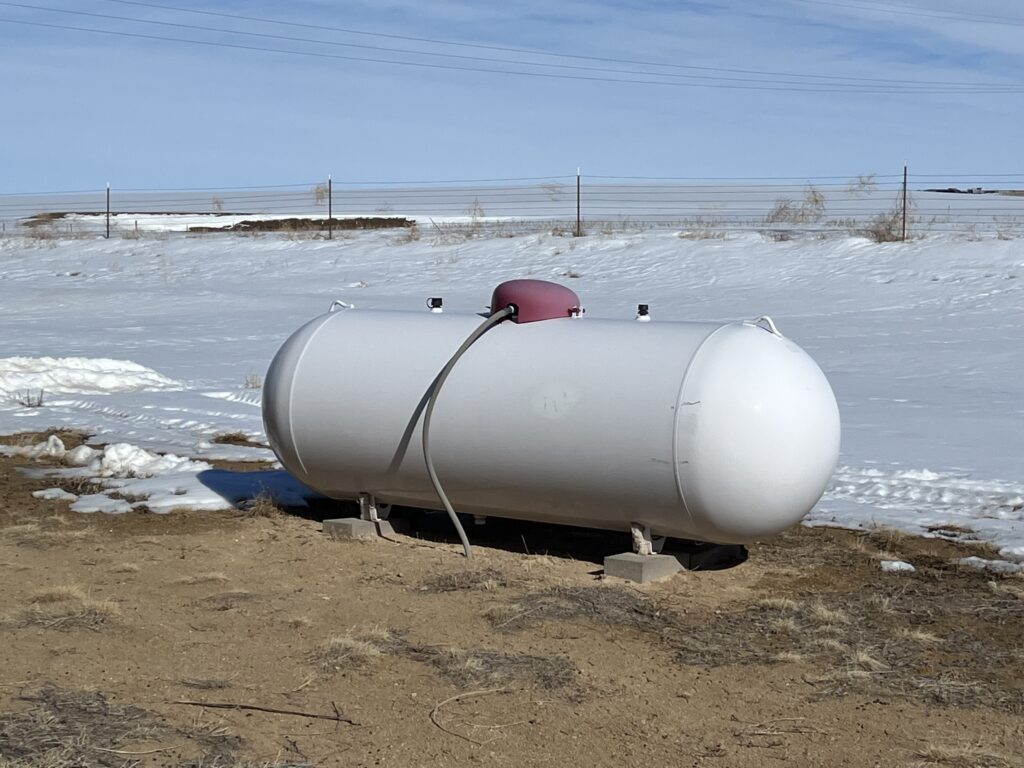
- Oil –
- Furnace
- Boiler
- Wood / Biomass –
- Fireplace
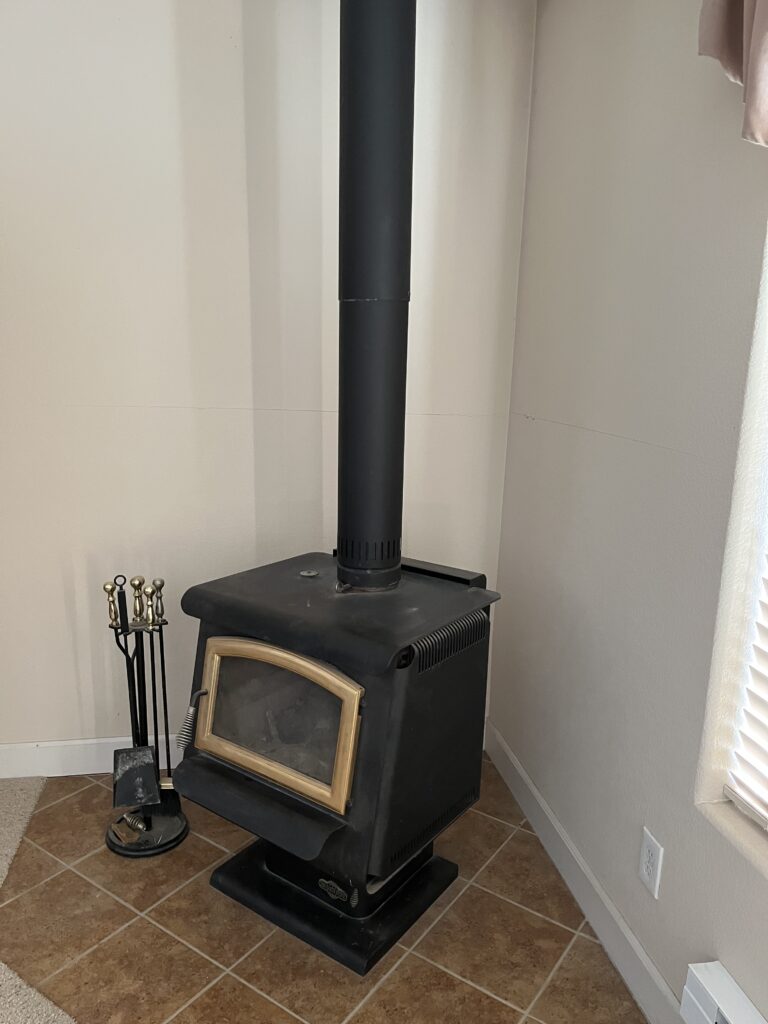
How do you want the heat distributed in your house?
- Forced Air – Ducted
- Forced Air – Ductless
- Radiant (also called hydronic)
- Electric Baseboard
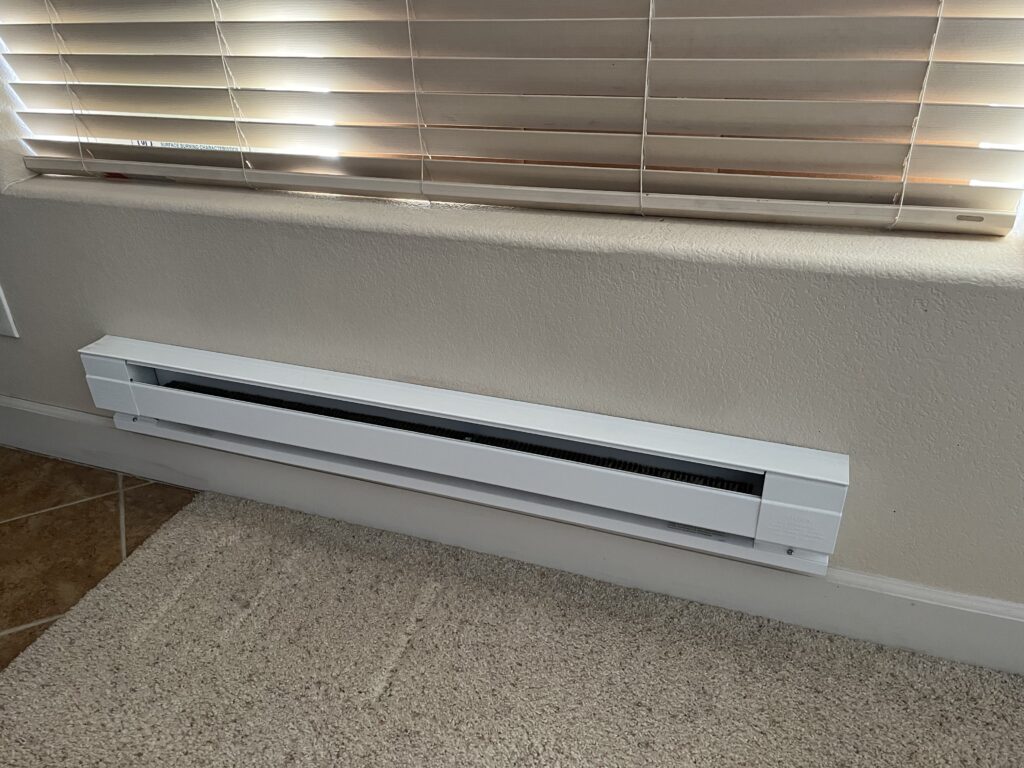
Here are the equipment options available for each type of equipment depending on the distribution system…
- Forced Air – Ducted
- Air source heat pump
- Furnace
- Forced Air – Ductless
- Air source heat pump
- Furnace
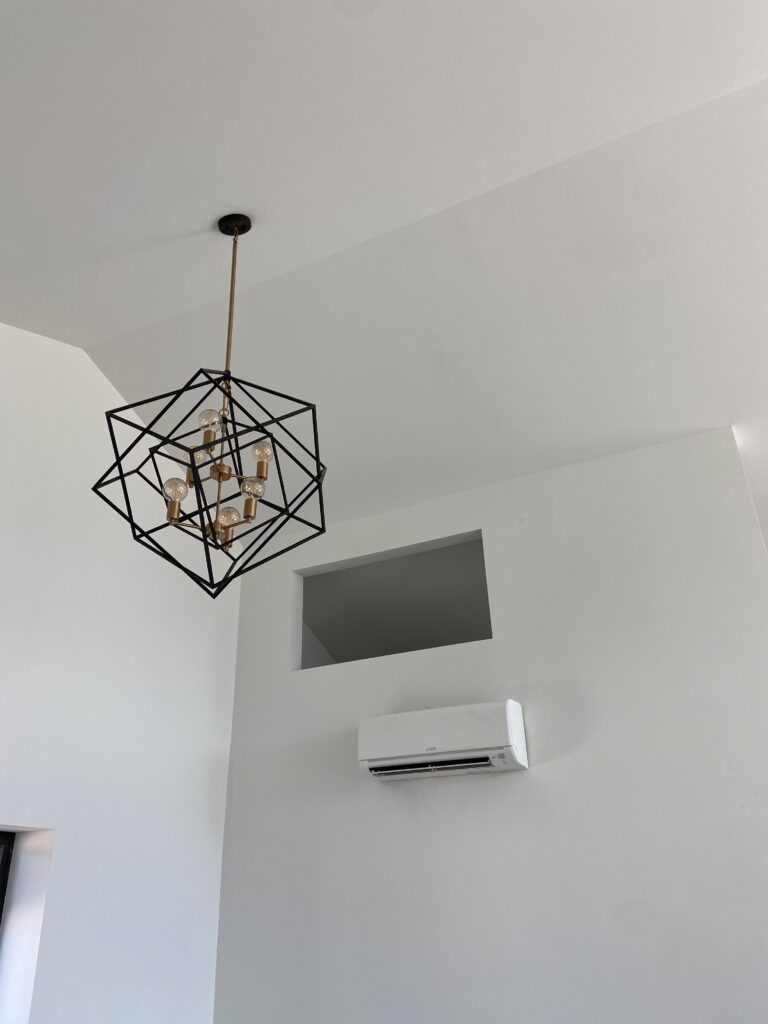
- Radiant (also called hydronic)
- Ground Source Heat Pump
- Boiler
- Electric Baseboard
- No equipment needed
Here are the pros and cons for each type of distribution system…
- Forced Air – Ducted
- Pros:
- The ducts will circulate air throughout the home, providing a means to both provide heating / cooling AND ventilation (if a fresh air supply is utilized).
- Zoning! Different rooms can be at different temperatures if the installer utilizes dampers in the system.
- Cons:
- Ductwork takes up a lot of space in a house, so make sure that the duct layout is known during the design to best accommodate for them.
- The ducts will circulate air, but they can also circulate pollen, dander and bacteria.
- Can be noisy and the ducts also transmit noise between rooms and floors very easily.
- Proper installation of the ductwork is key for ultimate functionality. This includes proper layout (reducing the turns in the systems and making sure the ductwork is sealed, meaning the air goes to its intended destination, not to the crawlspace or attic).
- Pros:
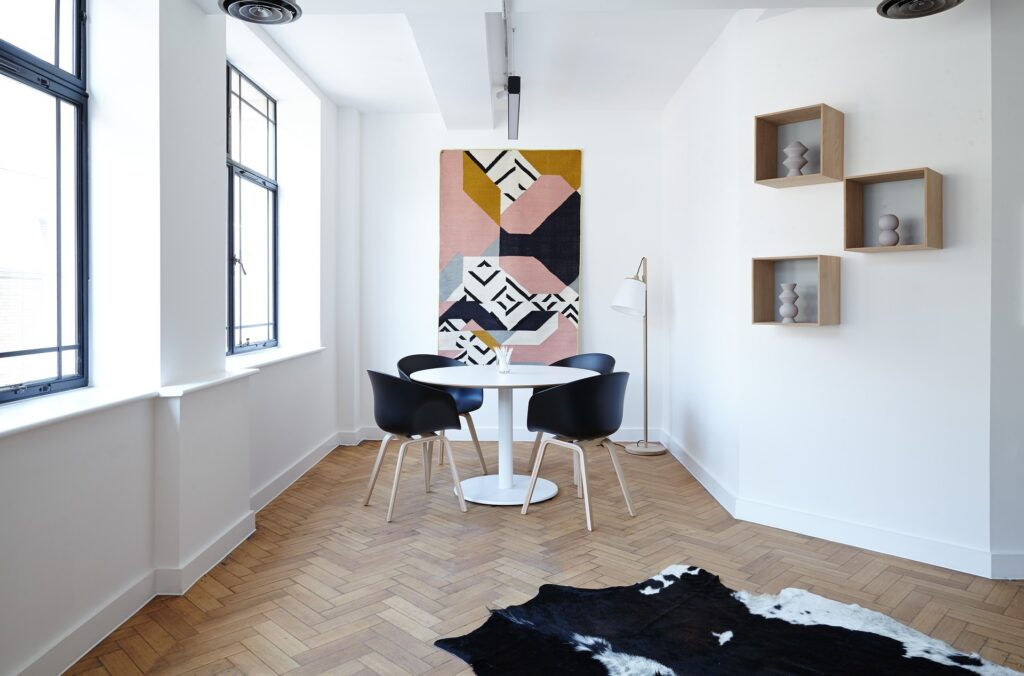
- Forced Air – Ductless
- Pros:
- Quieter than ductwork.
- Could be done DIY, if a lot of research is done and the right materials are ordered.
- Cons:
- The aesthetics of individual mini split heads are not liked by all. If you’re into art, these units can take up some prime art hanging space.
- A separate means of mechanical ventilation is required.
- Pros:
- Radiant (also called hydronic)
- Pros:
- Warm feet
- Quiet
- More flexibility with furniture placement as you don’t have to worry about covering up a register or baseboard.
- Cons:
- Can be more expensive than other options.
- Air conditioning will require a separate system, but can possibly be utilized with a special air to water heat pump.
- A separate means of mechanical ventilation is required.
- Pros:
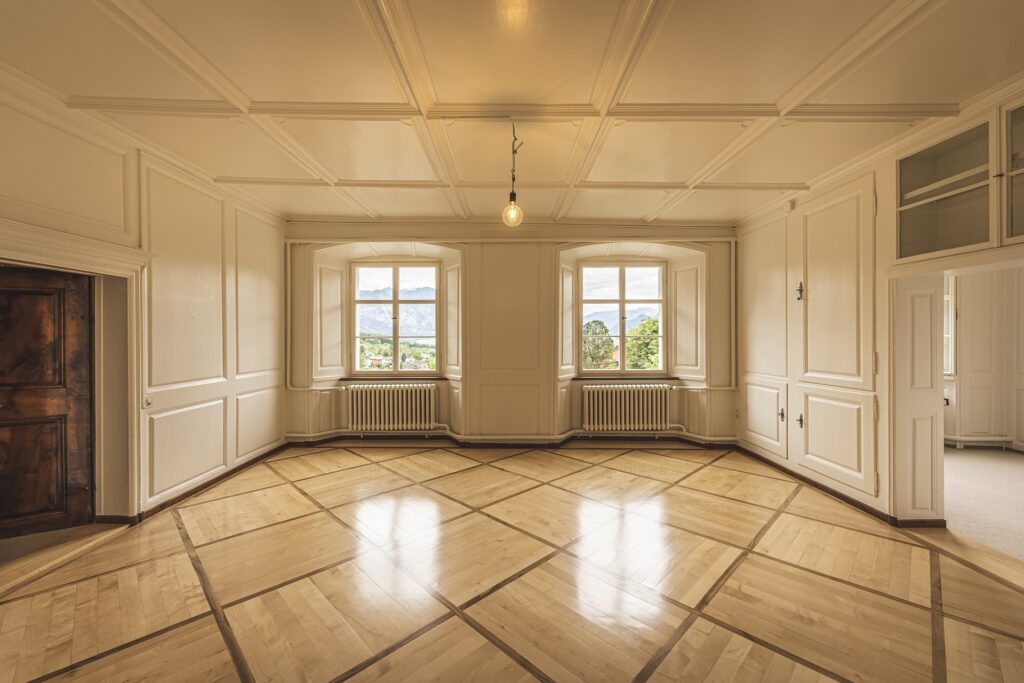
- Electric Baseboard –
- Pros:
- Easy to install.
- Additional equipment is not needed, making this an ideal choice for a house with a small mechanical system.
- Cons:
- Will cost you a lot to operate as this is one of the most inefficient systems.
- The long units take up a lot of wall space, making the furniture layout complicated.
- If air conditioning is wanted, this will need to be a separate system.
- A separate means of mechanical ventilation is required.
- Will cost you a lot to operate as this is one of the most inefficient systems.
- Pros:
Here are the equipment options available for each type of equipment with pros and cons for each…
- Air source heat pump –
- Pros:
- The most efficient systems out there! You’ll pay almost nothing to have these operate.
- Ability to have zoning (different temps in different rooms)
- Will operate in extreme cold temperatures (make sure the condenser has a defrost cycle).
- Will provide both heating AND cooling.
- Option to use either a ducted or ductless systems. We’ll have a blog post dedicated to air source heat pumps and these distribution methods later.
- Cons:
- Can be expensive and some mechanical subcontractors may be unfamiliar with these systems.
- The temperature does not change as quickly as a forced air system; so if you desire to change the room temperature often, this may not be the best choice.
- Pros:
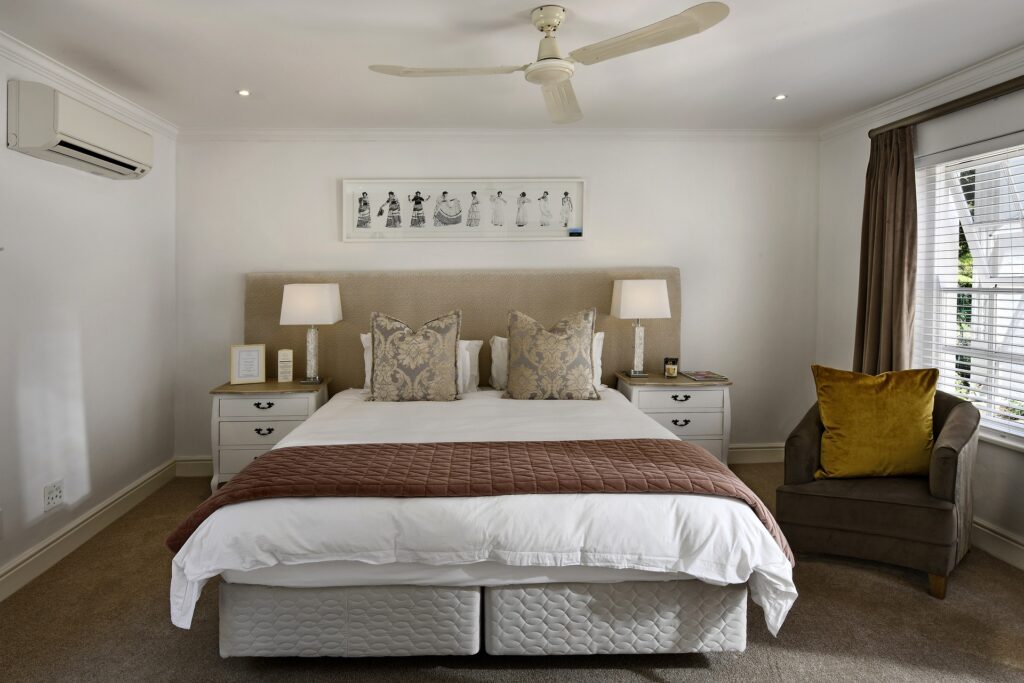
- Ground source heat pump –
- Pros:
- Harnessing the earth’s heat is neat!
- This system can have high efficiency levels.
- Cons:
- Can be expensive and not ideal for rocky locations.
- Pros:
- Furnace –
- Pros:
- More affordable of the options.
- Air conditioning can be added by installing an outdoor condenser and indoor fan coil.
- New furnaces can have higher efficiency levels as they are combustion sealed / direct vent, i.e. they take outside air to help the equipment operate and will vent directly to the exterior.
- Be sure to utilize a dual-stage or modulating unit (increases efficiency and indoor air quality).
- Cons:
- These units are still not as efficient as the air source heat pumps.
- Pros:
- Boiler –
- Pros:
- More affordable of the options.
- Can be combined with your service water heating, meaning you can eliminate the need for a water heater!
- Be sure to utilize a modulating unit to increase efficiency.
- Cons:
- These units are still not as efficient as the air source heat pumps.
- Pros:
- Electric Baseboard –
- Pros:
- Easy to install.
- Cons:
- Will cost you a lot to operate as this is one of the most inefficient systems.
- The long units take up a lot of wall space, making the furniture layout complicated.
- If air conditioning is wanted, this will need to be a separate system.
- Pros:
- Wood / Biomass –
- Pros:
- Renewable resource!
- Cons:
- Requires maintenance to keep the wood split and the fire going.
- Pros:
This is a lot of information to process, but figuring out which type of system will meet your needs is quite crucial and will provide for a comfortable home in the future.
